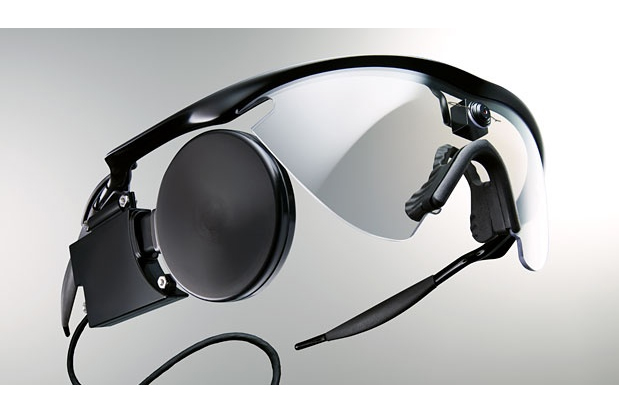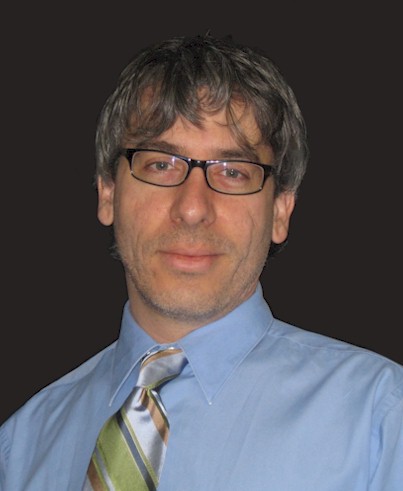
Second Sight Medical’s Argus II "bionic eye" is likely the most talked-about medical device of 2013.
The retinal prosthesis, approved by the FDA last summer, isn’t slated to hit the market until 2014, but the buzz around the device is already at a fever pitch.
The Argus II was hailed as one of the top inventions of the year by Time and Popular Science magazines and named the top innovation for 2014 by the Cleveland Clinic.
In a recent chat with Second Sight’s founder & CEO, Dr. Robert Greenberg, he told MassDevice.com about the technology behind the Argus II, the journey to restore sight to the blind and how a 1970s television show helped influence 1 of the greatest inventions of our time.
Interesting in hearing Greenberg’s story in person? He’ll be our guest at the 2013 MassDevice Big 100 West Dec. 10 in Irvine, Calif. Learn more by visiting our website.
Hear the story behind the bionic eye: Register for the Big 100 West
MassDevice: After more than 20 years working intimately with the construction of the eye, what do you find most fascinating about this organ?
Dr. Robert Greenberg: What drove me to go to medical school was the sheer wonder of, and trying to understand, how the body works. It’s such an intricate machine, far better engineering than any [man-made] machine could ever be.
Part of what I learned in medical school that I thought was interesting was the retina, the back of the eye, which changes light into chemical signals, that retina is backwards from the way you would engineer it.
The light comes through the front of the eye, all the way through the retina and strikes the photoreceptors, the cells that are actually picking up the light and changing it to signals in the back of the brain, which are all the way at the bottom. I’ve always wondered why that was. I’ve never heard a great explanation, but I’m sure there’s something that at some point we’ll discover why it works that way.
Hear the story behind the bionic eye: Register for the Big 100 West
These photoreceptors in the patients we’re treating are degenerating and they no longer change the light into electrical signals, so we are trying to do that for them.
We’ve taken modern technology of a video camera and we’re piping the information from the video camera into electrodes. In essence, we’re trying to trick those cells into thinking the electrical signals are coming from the body’s natural photoreceptors. So we try to mimic them as closely as possible, but we’re not doing it at the level of sophistication that the body does yet.
For example, a normal eye has 1 million photoreceptors; in our current commercialized device, we have 60 electrodes. With those we can create life-changing vision for these patients, but we’re still a long way to go from having normal vision.

Greenberg
MassDevice: Second Sight has really captured the attention of the world. What do you attribute that to?
Greenberg: I think there’s a combination of reasons the Argus II has captured people’s attention. One is that we can all relate to what it’s like to be blind by just closing our eyes. I think people with sight can all appreciate the impact that losing our vision would have on our lives.
Our challenge did turn out to be a very significant challenge. There are lots of folks around the world trying to do similar things, but it turned out to be a more significant task than we had anticipated. It took us more than 20 years and more than $200 million in investment to solve the various problems.
MassDevice: There’s something about the Argus II device that looks a little like science fiction. I’m curious, are you a fan of science fiction, or were the people who designed the device fans? Was there some influence from movies or television shows that made its way into the creation of the device?
Greenberg: There’s no doubt. I grew up in the 1970s watching "The $6 Million Man," and that definitely piqued my interest. In fact, it was probably the reason I got into biomedical engineering in general, was that television show and the idea that you could not only restore body parts but actually create a better human. There were many of us at the company who were influenced by that show in particular.
MassDevice: So it must be really cool when you see the Argus II being used by the Smithsonian Channel in their Bionic Man television show?
Greenberg: I have. Unfortunately we’re not the bionic eye of the $6 Million Man yet. The other thing I laugh about is the idea that you could do all the things they accomplished on that show with just $6 million.
MassDevice: Yeah, they were about $194 million short just for the eyes.
Greenberg: Exactly, and our eye doesn’t have the superhuman characteristics of the show.
Hear the rest of the story at the Big 100 West
MassDevice: Is the bionic prosthesis really the best way to treat blindness?
Greenberg: I think in the near term – over the next 20 years – artificial bionic eyes or retinal prostheses are the most likely to restore meaningful vision to patients.
Longer-term, I would hope stem cells and genetic therapies would advance to where we could fix the underlying disease. With these implants, we’re not fixing the disease, we’re bypassing the damaged part. That’s a good stop-gap, but someday I hope we’ll be able to fix the underlying disease. But that’s a much bigger step and there’s a lot of work before it can be a commercially viable treatment.
